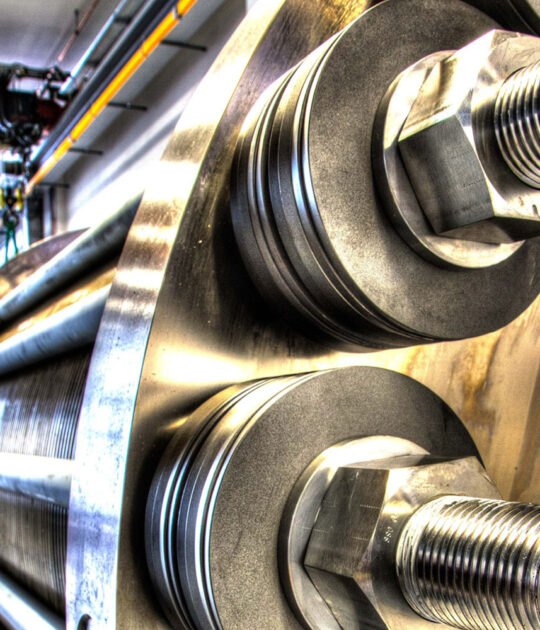Grey Ammonia
Green ammonia promises anhydrous ammonia produced on-farm without the greenhouse gas footprint or market volatility.
Most hydrogen today is produced from fossil fuels – steam methane reforming of natural gas, partial oxidation of coal or oil residues – and entails large CO2 emissions, from 8.5 tons of CO2 per ton of H2 from natural gas in modern facilities up to 20 tCO2/tH2 from coal. This fossil hydrogen can be called “grey hydrogen”. Or sometimes, brown. The same color scheme applies to the ammonia produced from it, so we have “grey ammonia.” Or brown ammonia, your call. The exact carbon footprint depends on the fuel used and the efficiency of the facility, so you could easily identify many shades of grey.
Green is the color of hydrogen produced from electrolysis of water, provided the process is run on green electricity, which most understand as renewables-based, although some insist nuclear power also qualifies if green means (very) low carbon.
Blue is the colour of hydrogen produced from fossil fuels, but with capture and storage of carbon dioxide (CCS). The International Energy Agency systematically uses the term carbon dioxide capture and use or storage, “CCUS”. But CO2 is both used and stored only in enhanced oil recovery operations.

What we do
We Create Green Ammonia
for Commercial and Industrial use
We are Green Ammonia Technologies
- Green
- Ammonia
- Technologies
- Green
- Ammonia
- Technologies
- Green
- Ammonia
- Technologies
- Green
- Ammonia
- Technologies
- Green
- Ammonia
what we do
What our clients say Green Ammonia Technologies

Emmanuel is a visionary thinker, and hands-on leader, with more than 25 years in business world. He has conceptualized several successful businesses, and has taken an aggressive approach in conception of green ammonia technologies by involving teams of research scientists, engineers and technology.
Emmanuel Kibui
MANAGER
I joined Green Ammonia Technologies as an associate. What I love in Green Ammonia Technologies is that since Day 1, my ideas are valued. Thanks to all the training and support from my colleagues and managers. I can say that there are ideas currently executed across because of my work.







